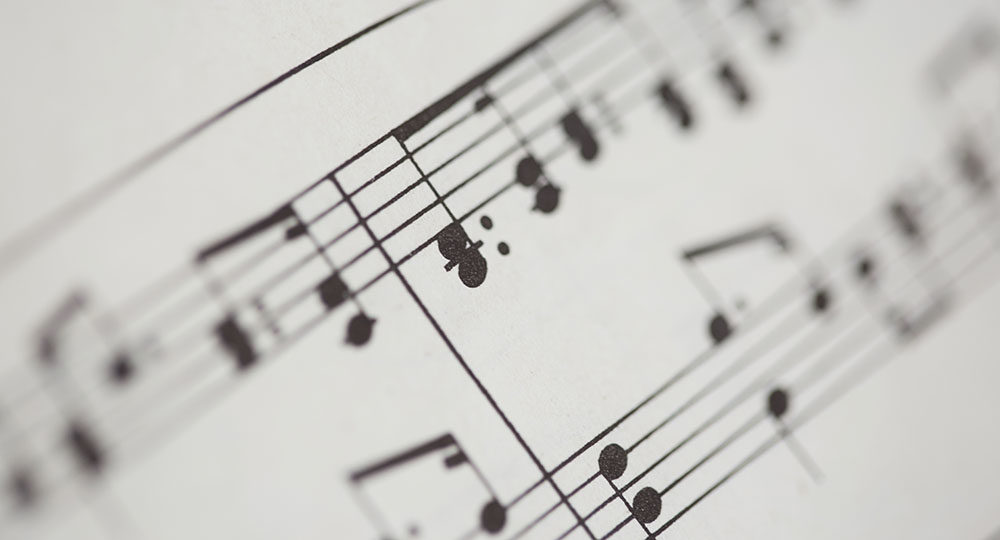


Tis the season when our forefathers bowed their heads and gave thanks. Oh how things have changed.
With Christmas around the corner, we invite you to tour four cities in firstcentury Israel that testify to the Savior’s power. Two of them are still there today.
Herod murdered infants yet built a magnificent Temple Mount. What type of man was he? A brilliant madman whose life is a remarkable study in contradiction.
Although idol worship saturated Rome, the Jewish people had rights that many of them did not want jeopardized. Thus arose a difficult conflict for Judaism.
Many of us love the strains of the old, familiar songs of Christmas. And you may love them even more after you learn the fascinating stories behind them.